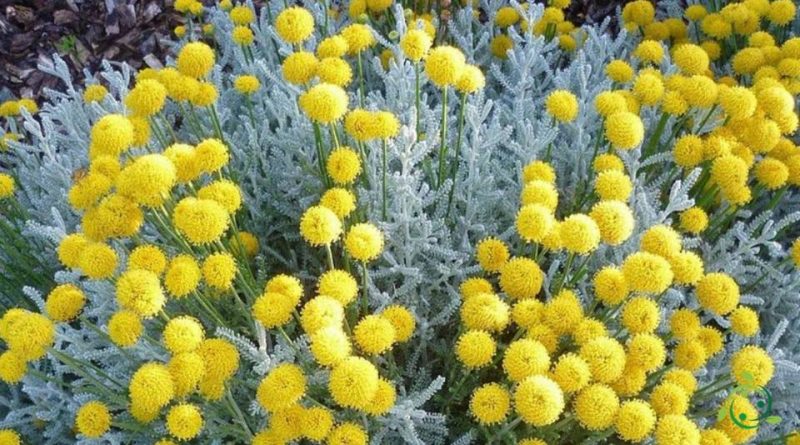How Cotton lavender is grown
How Cotton lavender is grown
Cotton lavender (Santolina chamaecyparissus L.) is a shrub species of the Asteraceae family.
It is a plant probably originating from the Mediterranean area, with an erect or semi-prostrate habit, very aromatic.
This plant is present in Italy where it is cultivated for ornamental purposes and sometimes wild, in almost the whole territory. It grows in arid and stony places, from the plain to 1000 meters.
It is a very suitable plant for making small hedges in arid places.
Cultivation –
For the cultivation of this plant it should be borne in mind that it prefers loose, well-drained, sandy and possibly calcareous soils; however, it usually develops without problems in any terrain, since it has very few cultivation needs.
It is also advisable to plant these plants in very bright and sunny places. As for the climatic aspect, these are plants that can withstand temperatures well below zero, but sometimes need cover if the winter months are particularly harsh; generally it is sufficient to mulch the soil around the base of the stem with straw or leaves to ensure a good growth of the plant and prevent it from suffering from particularly cold temperatures.
From the point of view of water needs it is a plant with very low need for water. During the coldest periods, it is normally satisfied with rainwater alone, while in the summer months it may need sporadic irrigation, approximately every 10-15 days.
If they are repaired in winter, remember to water the plants at least once a month. It is advisable to water the plants starting from the bottom, instead avoiding wetting the leaves that could be damaged by too long contact with water, for the same reason it is good to avoid letting the branches fall too far towards the ground.
Propagation –
The propagation of this plant normally occurs by division of the tufts or by herbaceous cutting; this technique must be carried out in the summer. The cuttings must be rooted in a sandy loam. When the new seedlings are sufficiently developed, they are transplanted in single pots or in the ground, in a sunny position and in a well-drained substratum.
The plant, however, can also be propagated by seed; in this case the most suitable period is at the end of winter by sowing in a seedbed kept in a temperate place, otherwise it is possible to sow it outdoors in the months of April-May.
Collection and storage –
For the harvest of this plant it is advisable to cut the twigs in early summer when they are in full bloom and dry them in a shady and ventilated place. Store away from light and humidity.

